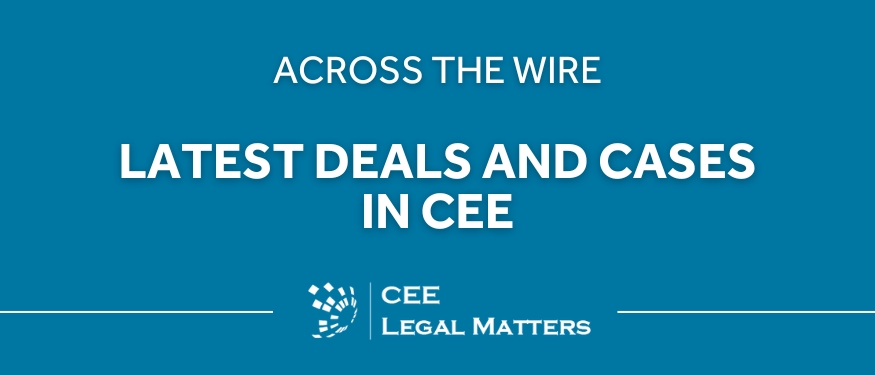The increasing frequency and severity of natural disasters pose significant risks to financial markets worldwide. In Greece, a country prone to wildfires, earthquakes, and floods, these challenges are particularly pressing. The performance of Greek banks and financial institutions is often negatively impacted by natural disasters. As a result, they are increasingly focusing on integrating natural disaster risk management into their bond loan structures to enhance financial stability and ensure market resilience.
Natural Disaster Risks in Greece
Greece faces a broad spectrum of natural disasters, including wildfires during the dry summer months, frequent earthquakes due to its position on a tectonic fault line, and floods in coastal and low-lying regions. The impact of these events on financial markets is reflected in higher probabilities of default, increased non-performing asset ratios, higher foreclosure ratios, lower returns on assets, reduced collateral values, and diminished equity ratios for affected businesses. Historical examples – such as the 2018 wildfires in Mati, Attica, and the 2019 floods that affected multiple European countries, including Greece – have illustrated the economic disruption that disasters pose to the European Union and its member states. This disruption highlights the need for banks to reassess their risk exposure in bond issuance and lending practices in general.
Strategies for Mitigating Natural Disaster Risk in Bond Loans
1. Risk Assessment and Mapping: Greek banks are increasingly incorporating environmental risk assessments into their bond issuance processes. Advanced modeling tools and geographic information systems (GIS) help quantify disaster-related risks, while historical data and predictive models are leveraged to further strengthen risk analysis. Additionally, the rapid advancements in data analytics enable banks to prevent losses and minimize the economic effects of natural catastrophes.
2. Covenant Structure and Contingency Planning: To mitigate the financial impact of extreme weather events, Greek banks are embedding disaster-related covenants into bond loans. These include force majeure and material adverse effect provisions, which allow adjustments to repayment schedules and grace periods in the event of a major disaster. Such flexibility ultimately enhances investor confidence while ensuring financial stability during periods of crisis. However, force majeure remains a legally ambiguous concept, often requiring interpretation by courts on a case-by-case basis, guided by legal precedent. The lack of a universal definition can create challenges in enforcing such clauses. Consequently, issuers and investors should carefully structure agreements to reflect specific disaster contingencies.
3. Insurance and Derivatives Products: Insurance and reinsurance mechanisms play a vital role in hedging against natural disaster risks. Typically, insurers offer financial protection against specific losses in exchange for regular premium payments. The hazards covered, the extent of compensation, and the cost of premiums are agreed upon in advance between the insurer and the bond issuer. Greek banks are also exploring catastrophe bonds as a means of transferring risk to global capital markets. These instruments enable bond issuers to shift financial exposure to investors willing to assume disaster-related risks.
4. Reserve Funds: Establishing disaster recovery funds has become a priority for both Greek financial institutions and municipalities. These funds provide immediate liquidity following a disaster, ensuring that financial obligations are met. The Greek government plays a central role in supporting affected bond issuers by providing emergency funding, tax relief measures, and state-backed loans. Through post-disaster relief programs, the government ensures the financial stability of both the banking system and key economic sectors, facilitating rapid recovery for affected institutions and businesses.
The Future of Disaster Risk Management in Greek Banking
As climate change intensifies the frequency of natural disasters, Greek banks are evolving their risk management practices. The EU Green Deal and other sustainable finance initiatives are driving innovation in financial products designed to mitigate natural disaster risks, allowing institutions to hedge against losses triggered by extreme weather events. Furthermore, green bonds and resilience bonds are emerging as viable instruments for funding climate adaptation projects, offering financial security while supporting environmental sustainability.
Conclusion
Greek banks are actively adapting to the growing threat of natural disasters by integrating robust risk management strategies into bond loan structures. Best practices, including risk assessments, structured bond covenants, and insurance mechanisms, contribute to a more resilient financial system. As climate risks evolve and natural disasters become more foreseeable, banks may need to respond more proactively than ever before. Ultimately, continuous adaptation and ongoing collaboration with European institutions, national governments, and investors will be crucial in ensuring the resilience of financial markets and the stability of Greece’s banking sector in the years following a natural disaster.
By George Zohios, Partner, and Amalia Vardakoulia, Associate, AKL Law Firm
This article was originally published in Issue 12.2 of the CEE Legal Matters Magazine. If you would like to receive a hard copy of the magazine, you can subscribe here.

















